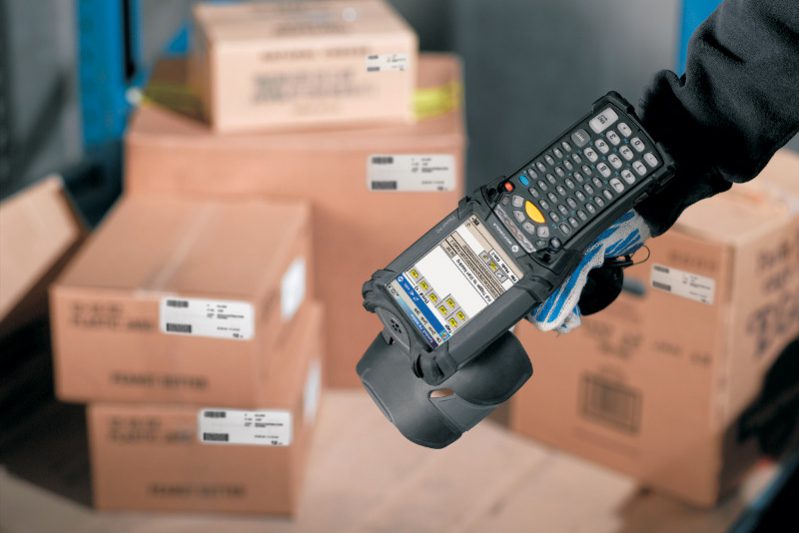RFID is one growing technology these days, it is used in different kinds of businesses from supply chain to payments, all can be tracked down with it.
RFID is an abbreviation of Radio Frequency Identification is a technology that uses electromagnetic fields to identify and track the objects through the tags. This is how RFID tracking system plays its role in making the asset tracking possible.
The management and finding location of important assets is the biggest challenge that businesses experience. The time that they spend searching for some crucial equipment causes lags and delays in completion of tasks, it leads to missed deadlines, customer commitments and most of the time the efforts of labor gone to waste.
The way companies have been addressing the issue is by managing the assets by putting serial numbers and spreadsheet or by placing a barcode label for tracking of the equipment. The problem is that both these methods need manual labor. The way it can be improvised is by integrating RFID technology for the automatic tracking of those assets.
As mentioned earlier, RFID asset tracking uses electromagnetic fields for the transmission of data from RFID tag to the reader. No matter what you are looking for, from office chair to tools in a factory, all can be traced easily with RFID tracking system. It provides exact and very accurate real time data for mobile assets.
Types of RFID Tags: Active and Passive
The RFID tags can be split into two broad categories, active and passive. The kind of tag you choose determines your expectations from the tag and also the purpose that you aim to achieve by using these tags.
What Are Passive RFID Tags?
The category that has passive tags for RFID tracking system often consists of smaller and less expensive tags than provided in the other category. The read ranges of these RFID tags is shorter, this is the reason that they are called passive.
How Do Passive RFID Tags Work?
The RFID tags are nothing on their own, they are only powered by the RFID tracking system and its energy that gets transmitted with radars and antennas. The signals that the reader/antenna sends is used for powering the tag only and reflects back the energy to the antennas.
What Are Passive RFID Tags Used For?
Passive RFID tags have this flexible and cost effectiveness to them that enables them to be attached with a huge range of objects that are not just active tags. UHF (ultra-high frequency) passive tags are very commonly used for RFID tracking the consumer goods and pharmaceuticals.
What Are Active RFID Tags?
The other category of tags is that of active RFID tags. These tags are larger in size and are also more expensive than passive tags. The properties of the active tags include reading long ranges that extend up to 100 m. But, active tags expire in shorter span than the passive tags do.
The active tags are further divided into beacons and transponders.
Transponders conserve battery life and only wake up when a radio signal is received from RFID reader, whereas, beacons emit signals at already set intervals.
How Do Active RFID Tags Work?
Active RFID tags have an in-built source of power, usually in the form of battery and a transmitter of their own. They are also the UHF solutions.
What Are Active RFID Tags Used For?
The active tags have a variety of usage, they support sensors which measure and transmit conditions such as temperature, light and also humidity. The tags are sold extensively in harsher temperatures. The active tags are mostly put on large assets like cargo containers, vehicles and more so it’s easy to use the RFID tracking system on the transportation.
How to Know which RFID Tag is Best for You
In the early days, technology only supported tags that had a limited usage and particular topography where they would be used. Now a variety of tags can be used in wet environments or metal assets or even tags that survive the exposure of extreme temperatures, harsh environments and chemical contaminants.
Selection of right RFID tag often depends on your environment, data requirement and the size of goods that you are putting the tag on.
RFID Tracking Automated for Assets
Portable RFID antennas are now a built-in feature in mobiles and computers. The asset tags can easily be scanned by the staff without the need to physically see the tags. In the conventional tagging system, the user will have to scan the barcode label directly into the accurate scan, the RFID tracking system offers a solution totally otherwise. With RFID, now an employee can easily scan up to 100 items without the need to put each and every one of those in the scanner.
Final Word
The RFID tracking system is the new way of monitoring your assets and knowing where they are and what their position is. RFID tags, considering the scanning and ease they bring are one of the finest systems currently working in the asset management industry.







